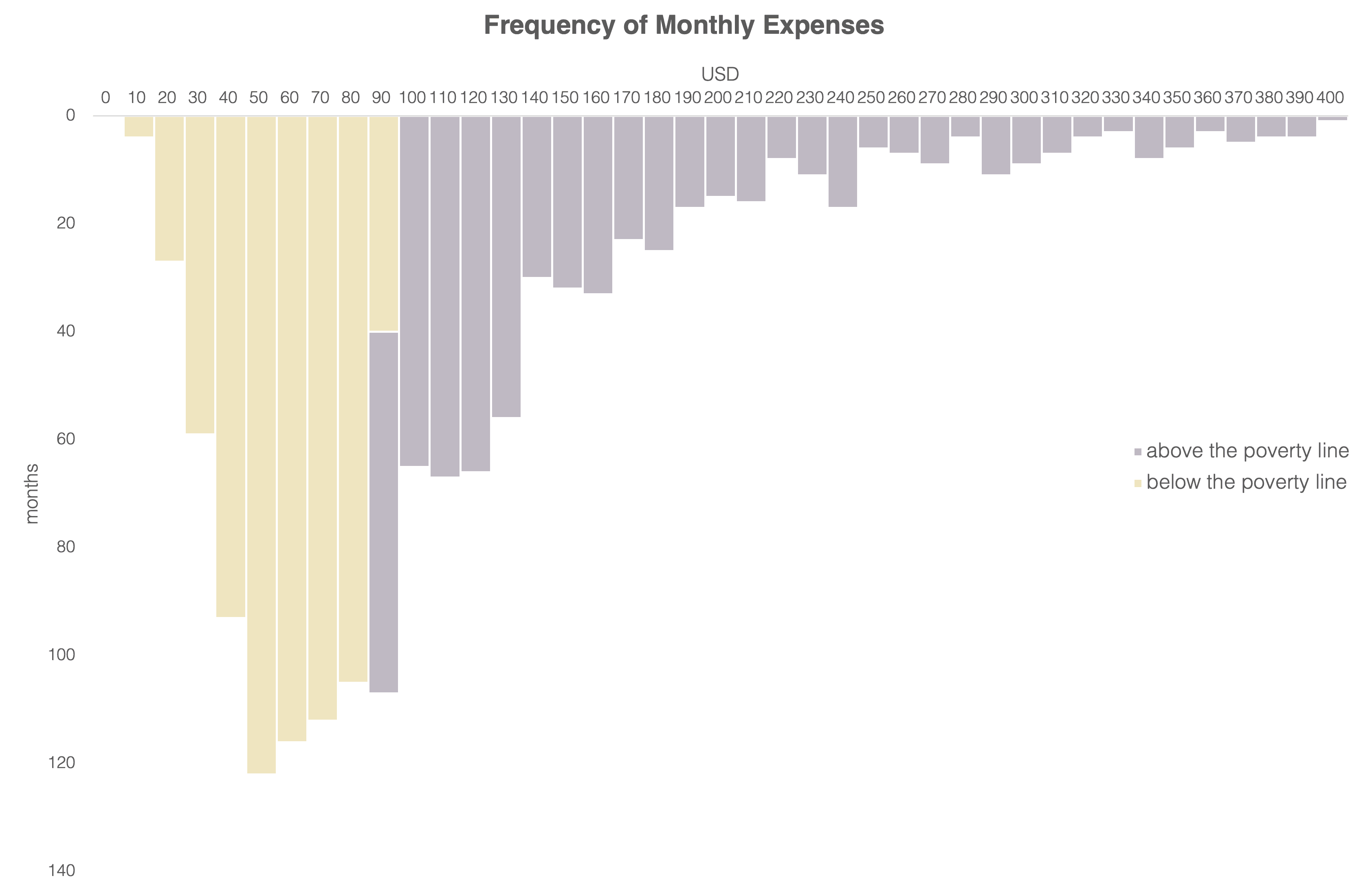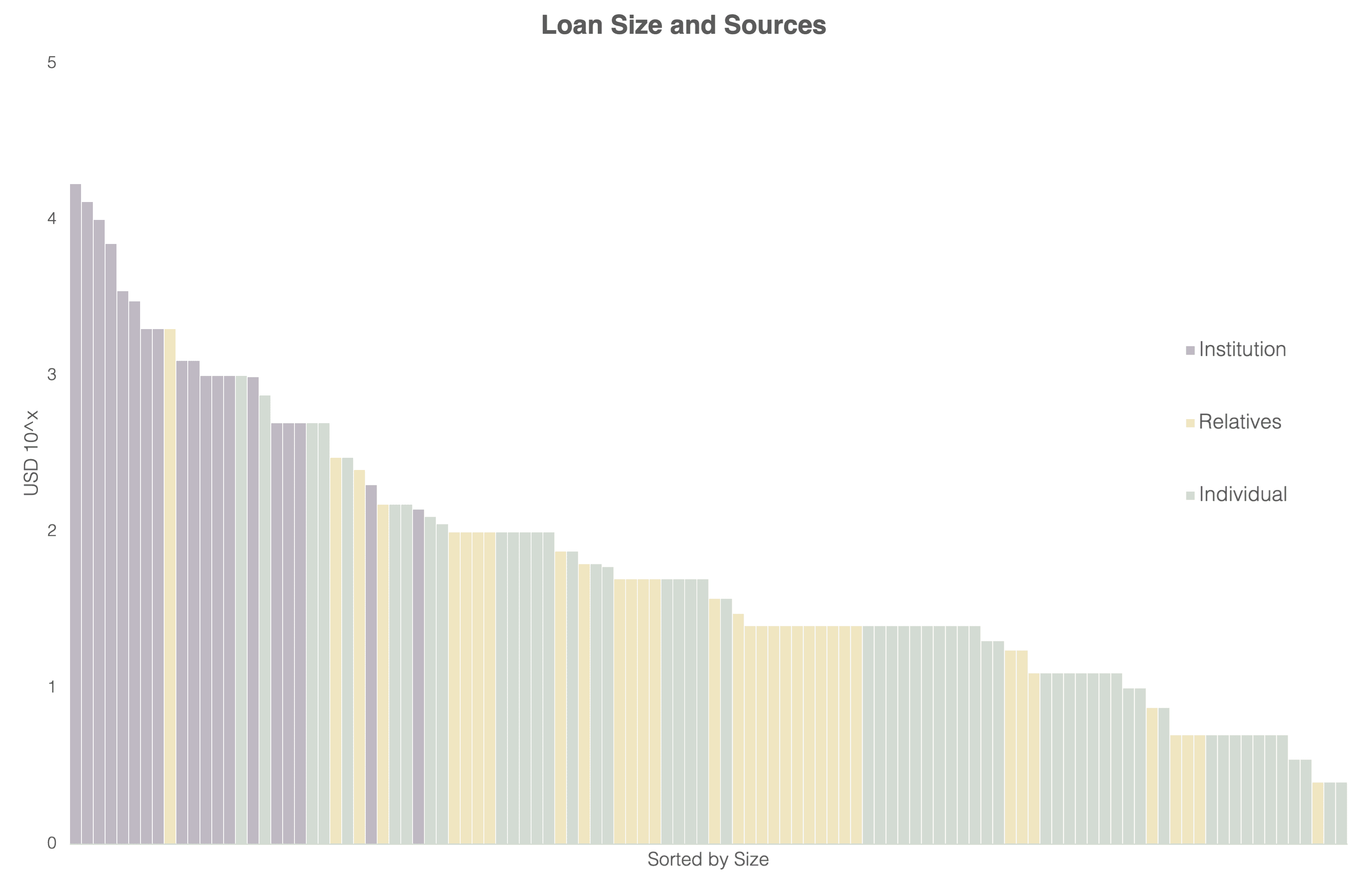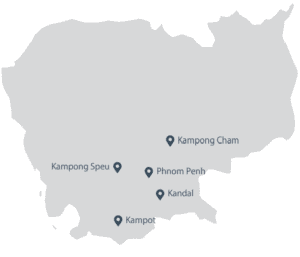Last March, I conducted two weeks of ethnographic field research in rural Cambodia with the local staff at our partner company Maxima.
Aside from learning about the villagers and their behaviours around money, I also tried to understand their relationship with technology.
During my research, I observed one phenomenon that surprised me.
Many of the homes I visited had mysterious numbers written on their ceilings. They were written with permanent marker, or etched into the wood. I was baffled by what they were.
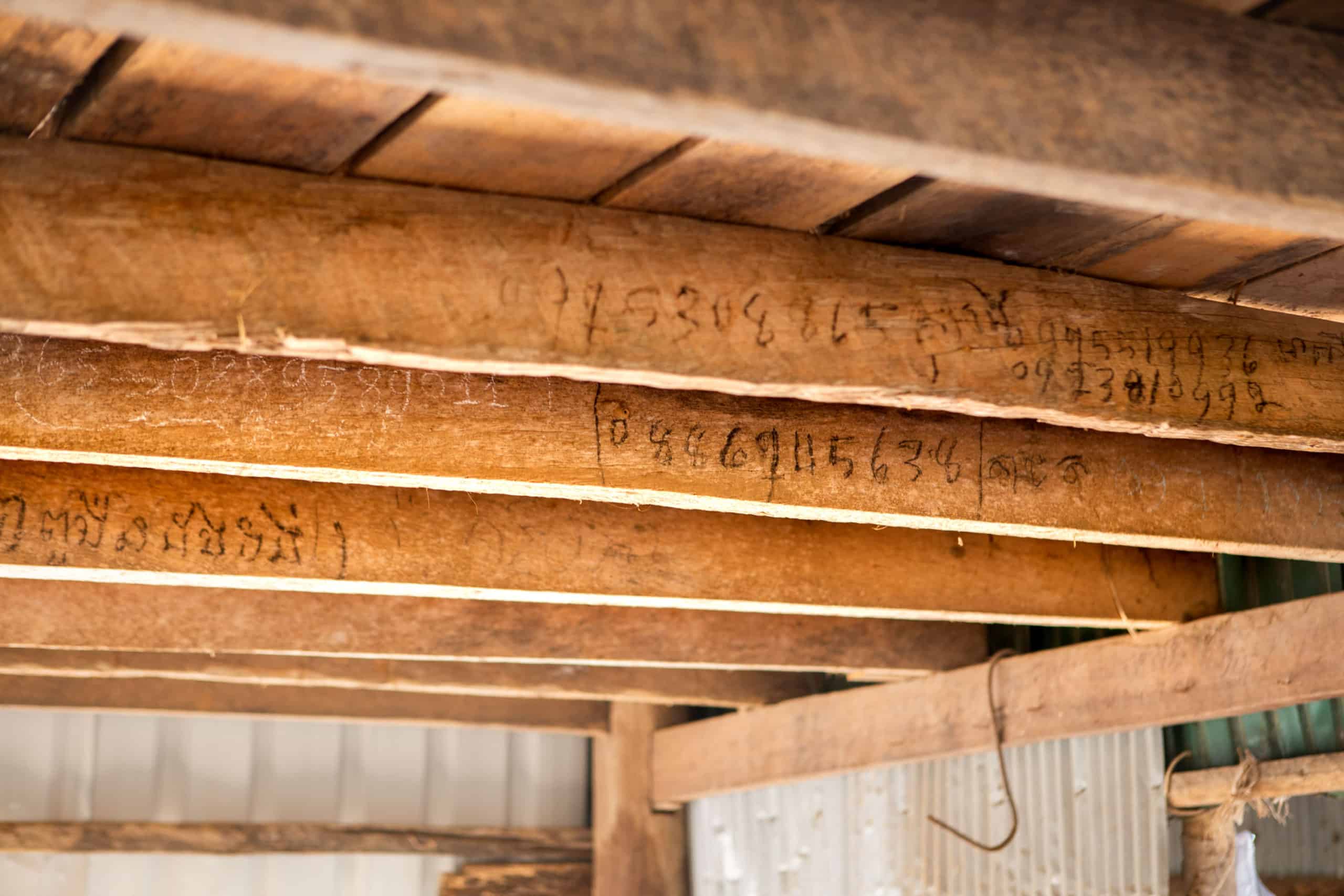
Can you guess what they are?
It turns out that they are phone numbers of contacts that are important to them — doctors, police, their family members, and relatives.
The baffling part is that these people all owned feature phones, and some of them even owned smartphones.
So naturally I asked them, “why don’t you put these numbers into your phone?”
Their responses made me smile.
“I don’t know how to register numbers into my phone, I only know how to receive calls”.
“My phone is in English and besides, I can’t read”
“If I lose my phone, I would lose my data.”
“If the numbers stay in the phone, they sometimes get deleted. They never move if they are on the ceiling.”
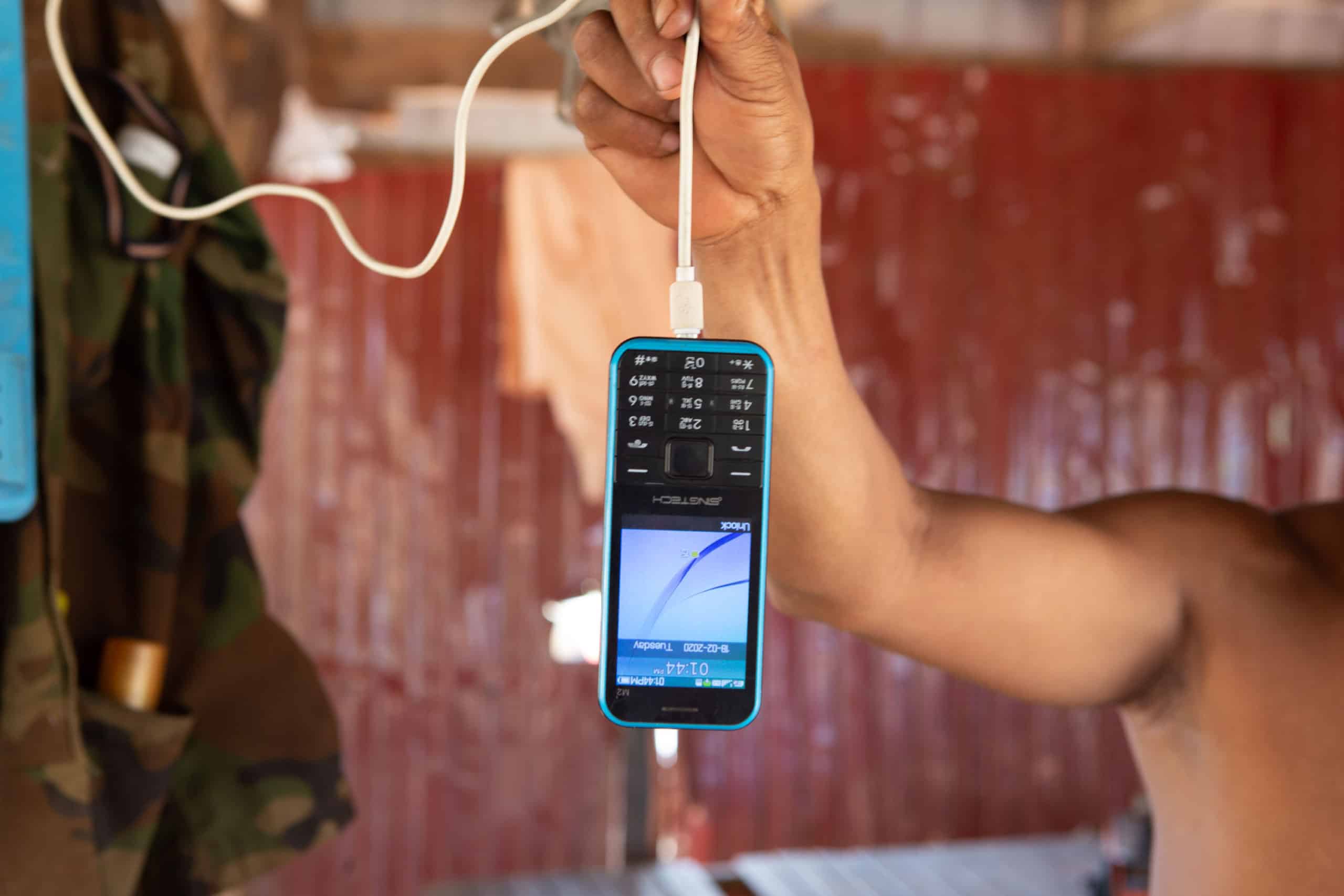
I felt enlightened after hearing their responses. It became clear to me how their relationships to their mobile devices are quite different from the relationship I have with my smartphone.
For me, this leads to other interesting questions we could ask like…
- What are their relationships with their mobile devices like?
- How would that influence their relationship to mobile apps?
- Does this behaviour tell us anything about the strengths of social ties in these communities?
- Are there clues we can derive from the way people use spatial memory to organize information?
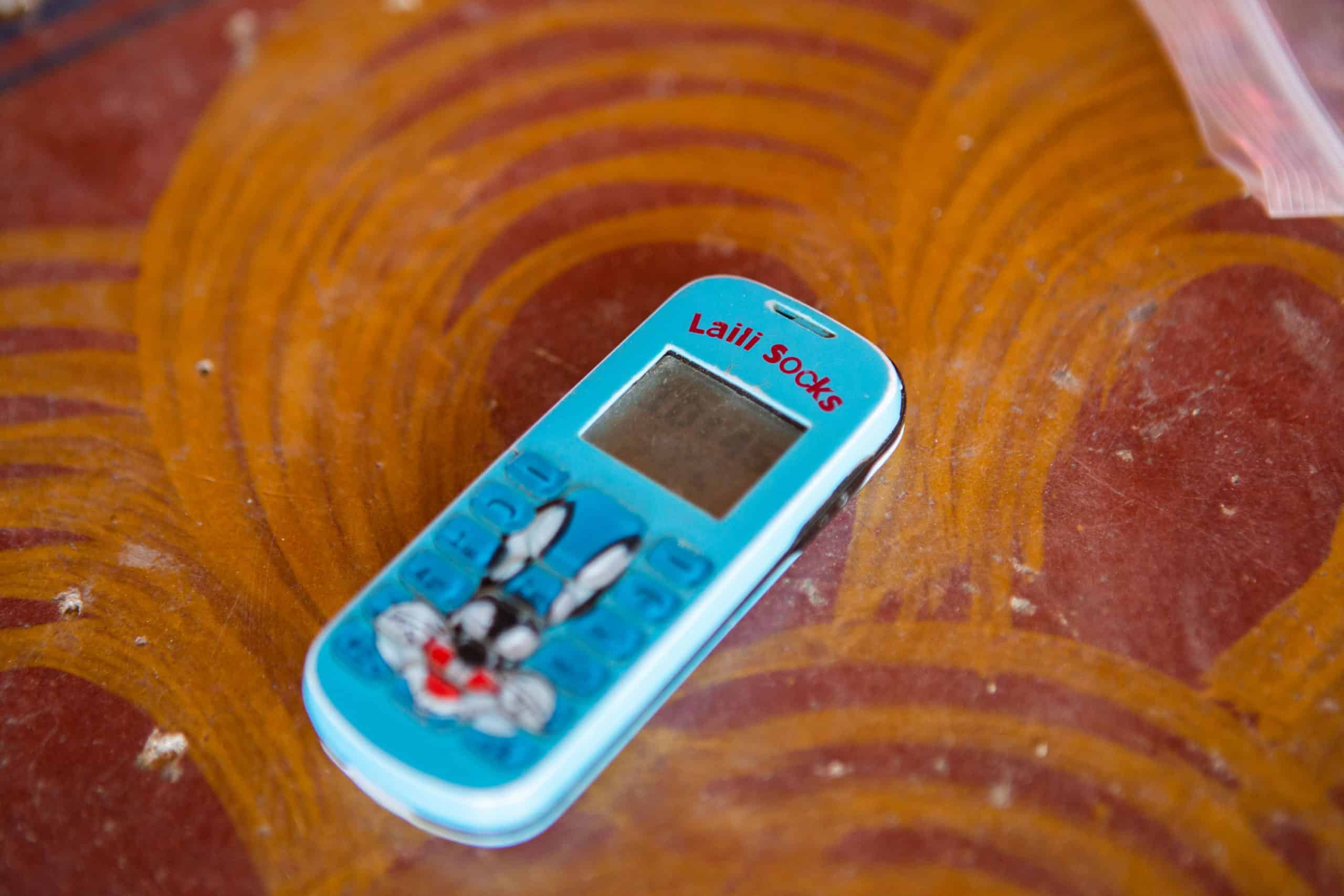
How many people do you know that store phone numbers on their ceilings at home?
Koh designs products and services for Gojo. He spends time listening to clients and potential customers to deliver well-intentioned financial and digital products for low-income households.




















